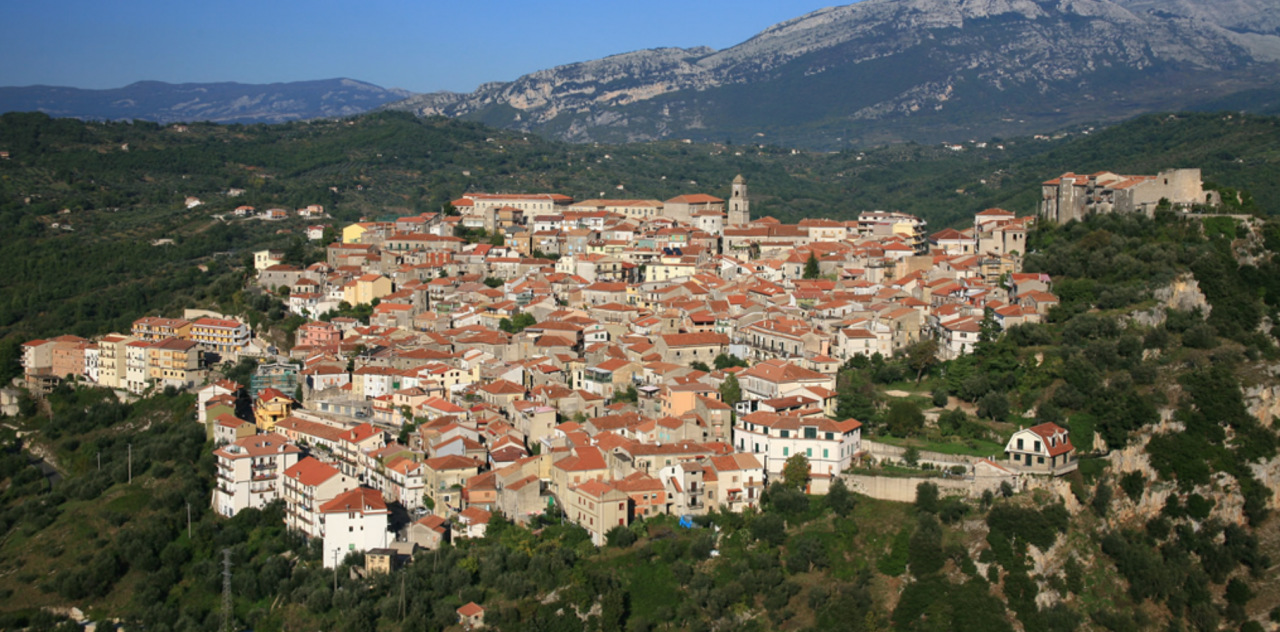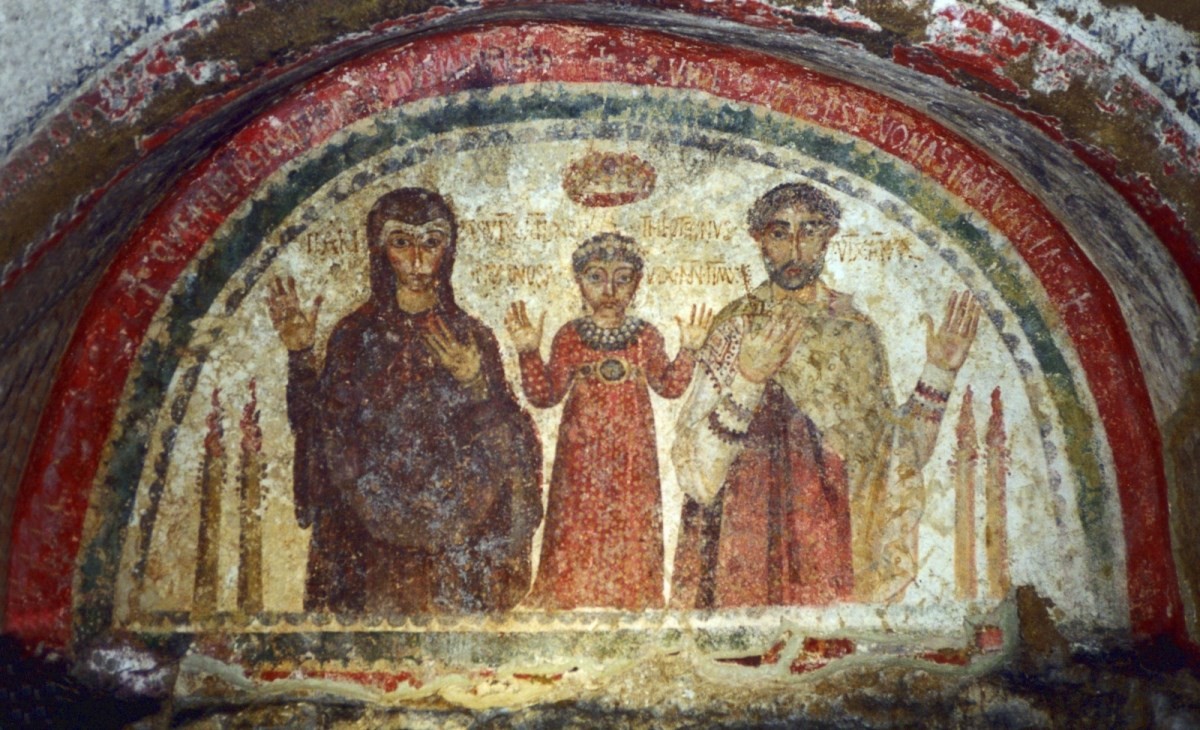Memory of ancient rhythms
The older generations who lived in southern Italy certainly remember the sound of the bells or the siren that occurred at various times of the day.
Life was marked by simple and repetitive gestures: work, the relationship with nature, sharing with the family and the people of the small villages. Now, in the small villages of Cilento, it seems that time has stopped, "house" is not just inside its own walls, but is the whole small village.
The Cilento is a very ancient place, was the boundary between the Greek colonies of Magna Graecia and the indigenous Etruscan and Lucanian peoples. The remains of two major cities from classical times, Paestum and Velia, are found there.
Cilento and Vallo di Diano National Park with the Archeological Sites of Paestum and Velia, and the Certosa di Padula are in the UNESCO's World Heritage List.
Here is a story by Alfonso Filizzola, a friend of Laurino who loves his country and who keeps the memory and promotes the beauty of Cilento.
The bell of the small church of S. Biagio, near the north-west tower, made its tolling, the one of the bell tower of All Saints, in the heart of the town, responded by festively modulating the tones. It was noon, the bells announced it to the people, making the vibrant sound of bronze arrive far away.
Alfonso Filizzola
The message arrived clearly to the craftsman who modeled the wood or iron in the shop, to the farmer who, away in the fields, was urging his oxen, to the housewife, who had already put the "tiano" of terracotta emanating the unmistakable scent of sauce. But no one moved to take himself to the deserved and desired rest; they all looked forward to another signal, the important, decisive one.
That arrived, punctually and imperiously. The great bell of Santa Maria Maggiore, high up there where the town touched the apex of its monumental structure undulated rhythmically, the "hammer" struck the bronze with force, and the chimes spread with their unmistakably "cracked" sound every corner of the great valley; then, farther and farther between the throats of Monte Cavallo, where the solitary shepherd lived his time.
Only then did the craftsman put the tools away, the farmer rose from the tiring work of the fields, the shepherd opened the worn saddlebag and took out his frugal meal; everyone proceeded, as he could, to dine.
Discover Cilento on www.cilentos.com
Facebook: www.facebook.com/cilentos





Comments 5
Beautifully written. It was such a different time back then, & people's work ethics far surpassed what they do today.
Life in Cilento's small villages reflects timeless simplicity: daily routines, a deep connection with nature, and close-knit communities. The concept of "home" extends beyond four walls to encompass the entire village. For any property concerns, like a sassa status check, it's vital to stay informed and connected with local authorities.
Life in small villages like Cilento reflects timeless simplicity, much like the most powerful men in the world, who often value community, tradition, and deep connections that transcend material wealth.
In the timeless villages of Cilento, much like checking your SASSA Check, life's rhythm remains simple and connected.
The bell’s chimes almost feel like a subtle pun and joke of nature itself—its rhythmic, cracked sound echoing through the valley. It’s almost as if the bell is delivering a perfect pun, striking the balance between power and serenity.